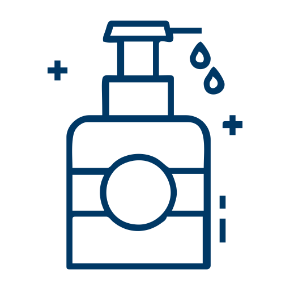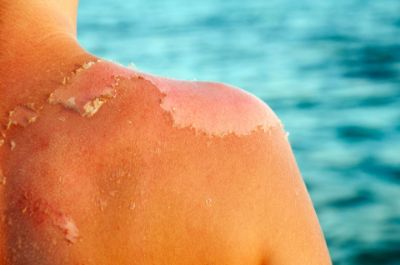SAVE TIME
Clean hair in only 2 minutes instead of 30? Every moment counts these days. Use Dry Shampoo in the morning to leave you with clean, voluminous hair in 2 minutes flat, giving you that extra time to fit in a quick yoga session and conquer your day.
SPACE OUT YOUR SHAMPOOS
It’s been proven that frequent washing can strip the hair from essential amino acids and proteins leading to brittle hair and scalp irritation. For those with naturally oily hair, daily lathering can be counterproductive – it actually increases oil production. It’s recommended wash your hair every other day at most. Alternate your wash days with a Dry Shampoo specifically formulated for oily hair to help further space out the need for washing. If you just had your hair colored or received a semi-permanent styling treatment, replace your first shampoo with Dry Shampoo, limiting the risk of damaging the color or treatment.
EXTEND YOUR BLOWOUT
Your blowout looks amazing, but it is time consuming to achieve on your own. To maximize your time twirl your hair into a bun and secure with a scrunchie at night to avoid bed head. Use a shower cap in the morning and follow with Dry Shampoo. Spray 6-10 inches from hair, focusing on the roots, wait 2 minutes and then use your fingers or a brush to work through the hair. For even more volume, style with your round brush & blow-dryer.
HELP THE PLANET!
Did you know that replacing 1 use of regular shampoo a week with 1 application of Dry Shampoo leads to 500L of water saved per year? What is not to love!
3 Quick & Easy Hair Styles by Klorane
BEACHY WAVES
- Hold dry shampoo a bottles’ length away from your hair.
- Spray with a focus on your roots and then hair lengths, this will help to hold the wave texture.
- Wait 2 minutes, then use your fingers or a brush to work through the dry shampoo.
- Using a curling iron or wand, curl your hair tightly and hold the curl for 2 seconds to let it cool before dropping.
- Once completely curled, spray dry shampoo all over hair for added texture.
- Shake out the curls so they drop into a wave formation.
TEXTURED PONY
- Hold dry shampoo a bottles’ length away from your hair.
- Spray with a focus on your roots, this will help to keep the hair in place.
- Wait 2 minutes to let the dry shampoo settle at your roots.
- Use your fingers or a brush to work the dry shampoo through the hair.
- Following the line of your cheekbones, pull your hair back to determine where your ponytail should sit.
- Use a brush to smooth all sides.
- Secure the ponytail with an elastic.
- Spray dry shampoo at the end of the ponytail for added texture.
MODERN FRENCH CHIGNON
- Hold dry shampoo a bottles’ length away from your hair.
- Spray your roots and hair lengths, this will make the hair less slippery and easier to manage into a bun.
- Wait 2 minutes, then use your fingers or a brush to work the dry shampoo through.
- Twist your hair from the nape of your neck and up into a bun shape.
- Secure with an elastic or bobby pin.
- Add a fun accessory to dress up the style!
Shop Klorane dry shampoos by clicking here today!








